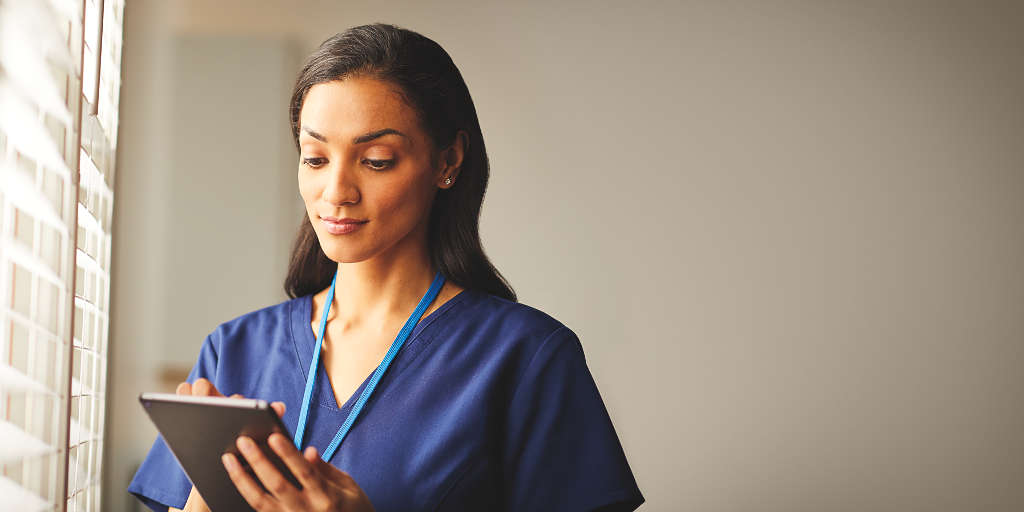
Q&A: How technical teams can turn to Philips to support enterprise-wide patient monitoring
- By Philips
- October 07 2025
- 4 min read
Amid ongoing health system consolidation, rapid technological transformation, and relentless threats to data privacy and security, health systems need a new, enterprise-wide approach to patient monitoring. The solution must deploy at scale and help technical teams guard against threats, while driving performance, incorporating innovation and (ideally) maximizing previous infrastructure investments. To help technical teams chart such a path, Philips has provided answers to common questions about its enterprise-wide monitoring deployment and IT integration.
At-a-glance:
- Deploying patient monitoring in a standardized way across the enterprise – like other mission-critical systems – offers a range of benefits for IT and fleet management.
- To embrace contemporary trends, patient monitoring should run on virtualized servers and integrate with existing IT networks.
- Health systems can choose from a range of Philips options to meet their needs, while also securing full support for their IT and biomedical teams.

With the need for flexible, secure and reliable patient monitoring greater than ever, health systems can benefit from a new vision for patient monitoring. It should seamlessly connect hospitals and other care locations across the enterprise. It should embrace server virtualization. And, when possible, it should work on existing network infrastructure.
To help health systems achieve this transformation, Philips has invested in contemporary cybersecurity, networking and virtual environments, as well as system compatibility. Health systems can also secure a true partnership, one that helps them adapt across the enterprise and tackle new challenges.
Interested in learning more? These answers to common questions can help health systems prepare before pursuing the transition:
Q: Why does patient monitoring demand a unified solution across integrated delivery networks?
A: Patient monitoring is a mission-critical system like the EMR, so it should get deployed and managed like one. (Similar to the EMR, this approach should include a system administrator to help coordinate and manage the solution.) Rather than taking a unit-level approach, a single monitoring platform should connect locations across the enterprise and take advantage, whenever possible, of existing infrastructure.
Benefits of this approach include:
- Promoting consistent workflows and patient care
- Streamlining vendors and maximizing previous infrastructure investments
- Providing data accessibility on-demand
- Reducing access points and supporting a cohesive security strategy
- Centralizing management and providing device visibility
- Establishing flexibility and scalability to add new solutions or care locations
Q: Should health systems still purchase physical servers?
A: While customers can still purchase physical servers from Philips if desired, such hardware lacks redundancy and could fail. Instead, they can consider deploying virtual servers, which many health systems already use in their data centers for other mission-critical systems. In addition to potentially leveraging existing infrastructure investments, virtual servers:
- Promote system uptime
- Support system serviceability
- Allow for failover to other data centers
- Provide better visibility into system health and management
Health systems working with Philips have choices for virtualization, including virtualization of enterprise links for PIC iX, the Philips patient monitoring informatics platform. (A Philips solution architect can explain the options.) Health systems can also receive help virtualizing existing Philips physical servers.
Q: Can health systems use their own networks for Philips monitors?
A: Yes. Shifting away from proprietary, vendor-supplied networks can benefit health systems, and Philips embraces the trend. Significant investments have boosted the IT compatibility of its patient monitors, so that they work with existing wired and wireless infrastructure. Health system IT teams can partner with Philips data architects to explore how patient monitoring components can seamlessly integrate.
Q: What can existing wired networks support from Philips?
A: Components can include bedside monitors, surveillance/overview stations, servers and even wireless Smart-hopping infrastructure. Placing devices on existing networks gives customers the capability to monitor network traffic more securely and provides the flexibility to conveniently relocate devices as needed. Additionally, customers can isolate Philips devices from the broader network using various technologies, if desired.
Q: Do health systems have options for wireless networks with Philips?
A: Yes. Historically, options for health systems focused on the Philips Smart-hopping wireless solution, which uses the 1.4 GHz band designated for medical devices. While Philips plans to continue offering and updating Smart-hopping, it also supports 802.11 systems running on 2.4 GHZ or 5 GHz frequencies. This expansion acknowledges the flexibility and scalability that 802.11 can provide, as well as the security and reliability improvements achieved by such networks in recent years. If needed, Philips can help health systems enhance their 802.11 networks to meet its monitoring requirements, a process that can benefit all connected wireless devices. For health systems deciding between Smart-hopping and 802.11, Philips can help coordinate a meeting with IT, biomedical and clinical teams to fully discuss the options.
Option 1
| Infrastructure | Who Provides | Technology |
|---|---|---|
| Server | Health system | Virtual |
| Wired | Health system | Health system network |
| Wireless | Health system | 802.11 |
Option 2
| Infrastructure | Who Provides | Technology |
|---|---|---|
| Server | Health system | Virtual |
| Wired | Health system | Health system network |
| Wireless | Philips | Smart-hopping |
Q: How does patient monitoring infrastructure become secure with Philips?
A: Customer cybersecurity is a top concern at Philips. Many security functions are already built into Philips solutions, and Philips partners with customers to then design secure systems that meet customized needs. As a first step, Philips can set up a cybersecurity meeting with a customer’s chief information security officer and IT security team. Such meetings cover the security already built into Philips solutions, best practices used by other customers, and roles and responsibilities for the customer and Philips. Additional topics can include network isolation, operating system patching, password policies, disaster recovery and endpoint protection.
Q: In what ways are technical teams at health systems supported by Philips?
A: The partnership includes training for technical teams to manage the Philips system, as well as best practices for deploying Philips solutions on existing networks. Customers have full support from Philips each step of the way, with patient safety always a top priority. It’s also important to help IT and biomedical teams collaborate on implementation and management. Philips can establish a joint meeting to discuss system architecture, failure scenarios and best practices.
Q: How can health systems transition to virtualized infrastructure and use of their own networks?
A: Such a model may represent a departure from the traditional approach to patient monitoring. In response, health systems can work with Philips on various options to match comfort levels and ease the transition. Reliability and patient safety are top priorities at Philips, with many fail-safes built into the solutions. Customers don’t just receive specifications but are supported through a consultative approach to design. The process includes walking through requirements and discussing best practices used by other health systems.
Copy this URLto share this story with your professional network
Sign up for news and updates

Disclaimer
Results are specific to the institution where they were obtained and may not reflect the results achievable at other institutions. Results in other cases may vary.